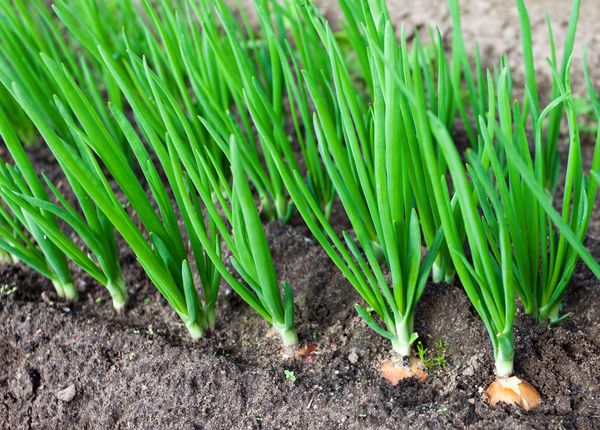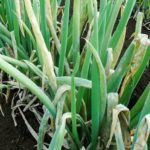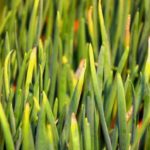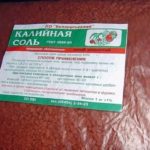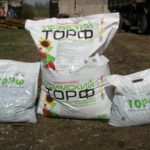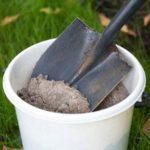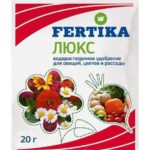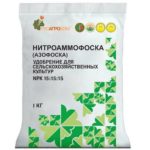There is an opinion that the dressing needs to be properly selected, otherwise the plant will actively develop the tops from the excess of nutrients. About good yields in such cases we are not talking. The principles of formation of the composition of fertilizers, about when to feed the onions and the rules of their introductions are described in this article.
Table of contents
Do need onions and sevka feed?
Even the most unpretentious plants need enough nutrition.The composition of the soil has a direct impact on the growing season, the formation of fruits, so in order to get a good harvest, it will be necessary to observe not only the conditions of cultivation of the crop, but also to introduce supplementary food in a timely manner.
The characteristics of the bow are that it is literally absorbs all the nutrients from the soilexhausting it. At the same time it is not necessary to use all fertilizers.
The technology of spring planting or planting in May includes the preparation of beds in the fall. The plot is enriched with humus or compost on the basis of 5-7 kg of fertilizers per m2.
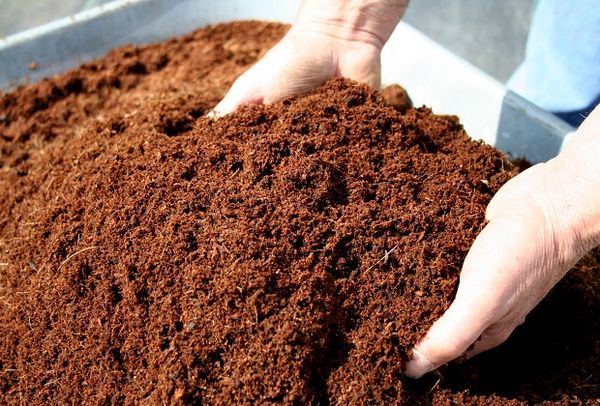
If the land is depleted, you can not do without mineral substances, it must be fertilized before you plant something. Open ground must be dug up so that during the winter period a fertile layer is formed, where the seedlings will ripen.
When to fertilize and feed
After planting, after about 2 weeks, when sprouts appear on the surface of the ground, it is necessary to enrich the soil and pour nitrogen fertilizer to stimulate the growth of greenery.If the season at this stage is characterized by high humidity, mineral stimulants should not be made. Nutrients from the autumn feeding will be quite enough.
3 weeks after the first feeding, a new batch of nutritional components is introduced with a lower content of nitrogenous substances, but a larger amount of potassium-phosphorus trace elements. This procedure is required already to form onionsso that it successfully grows and can grow well.
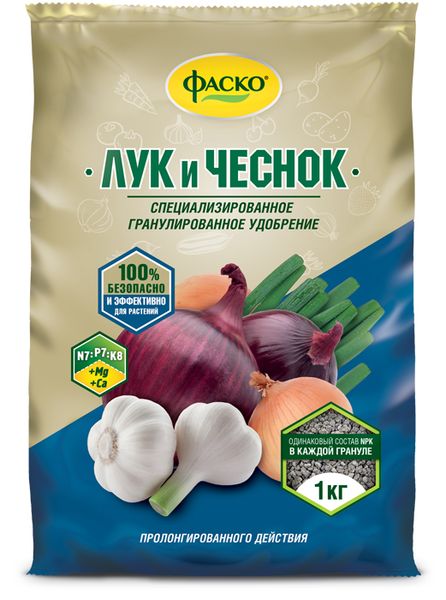
The lack of any trace elements is immediately accompanied by certain symptoms:
- nitrogen deficiency is recognized by stunted growth, the pale color of feathers, yellow spots;
- potassium hunger is expressed in the formation of necrosis on the tops of the feather with a gradual advance towards the onion;
- lack of phosphorus slows the growth of the plant, large plants appear on the green brown spotscrawling all over the pen;
- zinc deficiency is noted by twisted greens or spread on the soil surface;
- copper deficiency provokes thinning of the pen, excretion of the pigment, causing the green to look faded.
It should be noted that these signs do not appear clearly. With a nutritional deficiency an integrated approach is required, because the depleted land lacks many micro and macro elements.
- Potassium deficiency - brown necrosis with pen promotion
- Lack of nitrogen - yellow spots
Sometimes when planting an unfamiliar area it is difficult to determine the degree of nutritional value. In such cases, it is necessary to focus on the behavior of the plant during the growing season and introduce supplementary foods, taking into account the symptoms.
What means to feed in the spring
The fertilizer use schedule is made taking into account the purpose of growing onion crops. The easiest way is to get greens. To form a complete turnip, an integrated approach is used.
In early spring (March) you should dig up the selected area. If the soil on it is dense, it is recommended to enter into it sand and peat. This will make the structure lighter and increase the looseness.
In the absence of autumn preparation, the dug up land is enriched with a mixture, which consists of:
- humus (5-6 kg per 1 m2);
- urea (20-25 g);
- superphosphate (30 g);
- potassium salt (15-20 g).
- Superphosphate
- Potassium salt
Complex processing fills nutrient deficiencies on depleted areas and facilitates the care of the turnip onions.
For fertilizing the soil in spring, it is recommended to use:
- humus;
- peat;
- wood ash.
- Peat
- Wood ash
After the emergence of shoots above the surface of the soil is recommended to enter nitrogen compound. It is worth delaying the treatment in case of heavy precipitation, since nitrogen is water-soluble and the benefits of the procedure will be insignificant.
Options for three seasonal fertilizers
Method 1
- a solution of water (10 l) and ammonia (3 tbsp. l.) - pour through 2 weeks after disembarking;
- water (10 l), ammonium nitrate (1 tbsp. l.), salt (1 tbsp. l.), potassium permanganate (a couple of crystals) - through 3 weeks after the first feeding;
- water (10 l), superphosphate (2 tbsp. l.) - through 4-5 weeks after the second feeding.
Method 2
- water (10 l), Vegeta (2 tbsp. l), urea (1 tbsp. l.) - water for 15 days after disembarking;
- water (10 l), means "Agricola 2" (1 tbsp. l.);
- water (10 l), means “Effects-O” (2 tbsp. l.).
Method 3
- soak bread crumb (500 gr.) with water (10 l), add fresh cut grass (500 gr.) and fresh yeast (5 small packs), inject after 2 days sludge;
- water (10 l), nitrophoska (2 tbsp. l.);
- wood ash (250 gr.) pour boiling water (10 l) and insist 2-3 days.
How to fertilize onions in the summer
If the crop is planted on fertile soil, properly treated in the fall, then spring nitrogen fertilizers feeding is not necessary.
![nav = thumbs loop = true]](https://myfarm.desigusxpro.com/wp-content/uploads/2017/08/luk-podkormki10.jpg)
For the summer period (end of June - first half of July) third stage of feeding. The composition used should be rich in potassium, phosphorus, copper and other beneficial substances. The enrichment of valuable trace elements has a positive effect on the formation of turnips so that it can grow well.
Gardeners often use mixed fertilizers, they increase the efficiency of processing. It is necessary to introduce the working solution in the evening hours, preferably after precipitation or irrigation.
Working with nutrient solutions, it is necessary to carefully introduce them into the soil. Feather penetration provokes their yellowing.
Top dressing in the fall
Planning the landing zone for the new season is carried out in the autumn. The first step is to hold events soil disinfection. A day before the introduction of food produce watering a special solution: water (10 l) with copper sulphate (15 g.). This amount is enough for spraying 5 m2.
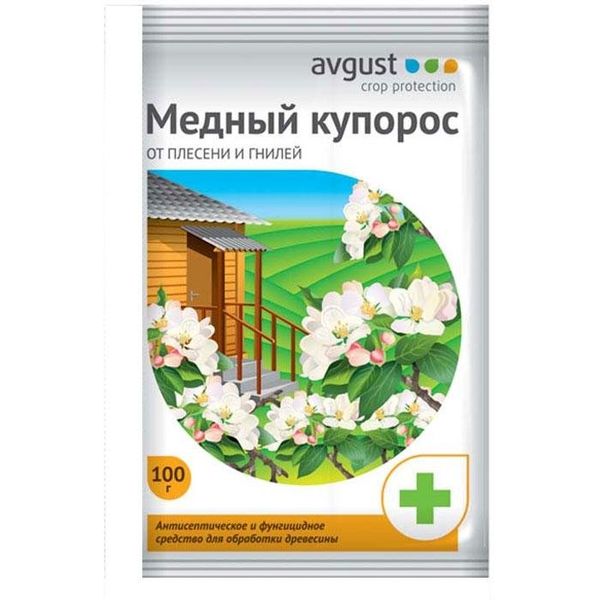
The most basic feeding for onions is performed at the stage of preparing the plot for the beds - in the fall. For a start, the ground is dug up and cleared of weeds and old roots. Humus or compost billets are introduced under digging (4-6 kg are used per m2).
For sowing onion sevka The soil is enriched with dolomite flour (up to 150 grams per 1 m2), with chalk or with a special substrate that neutralizes the acidic environment. For these purposes, wood ash and lime fluff are also used. Do not use yeast dressings.
On depleted soils, it is recommended to use potassium-phosphorus mixtures along with organic matter. They quickly restore the balance of nutrients. If cultivation of red and sweet varieties is planned, then preference should be given to potash composition.
Most Popular:
- superphosphate;
- fertika (granular complex with a reduced nitrogen content);
- humic "Onions, garlic";
- nitroammofosca;
- potassium sulfate.
- Fertik
- Nitroammofosk
Some varieties of onions are planted in the winter. Enrich the soil with valuable trace elements need 2-4 weeks before landing. The fertilized soil needs to stand a little, so that the active components have time to connect with the soil environment.
Do not apply for autumn treatments the following fertilizers:
- manure;
- nitrogen-containing.
Growing onion crops with regular lures, you can take a good harvest and get quite high-quality roots with excellent taste and long shelf life.
